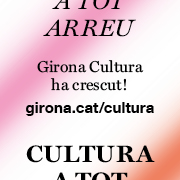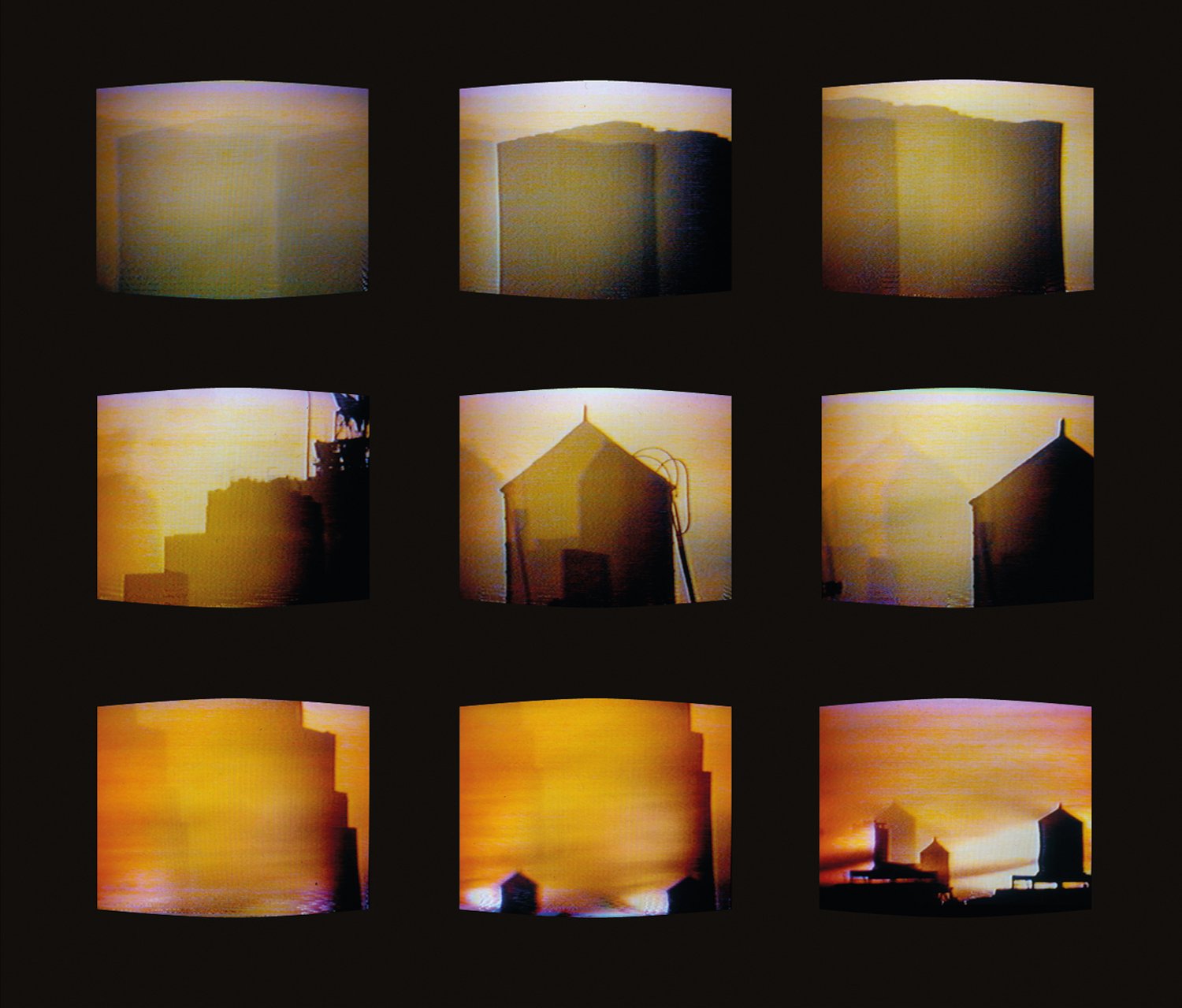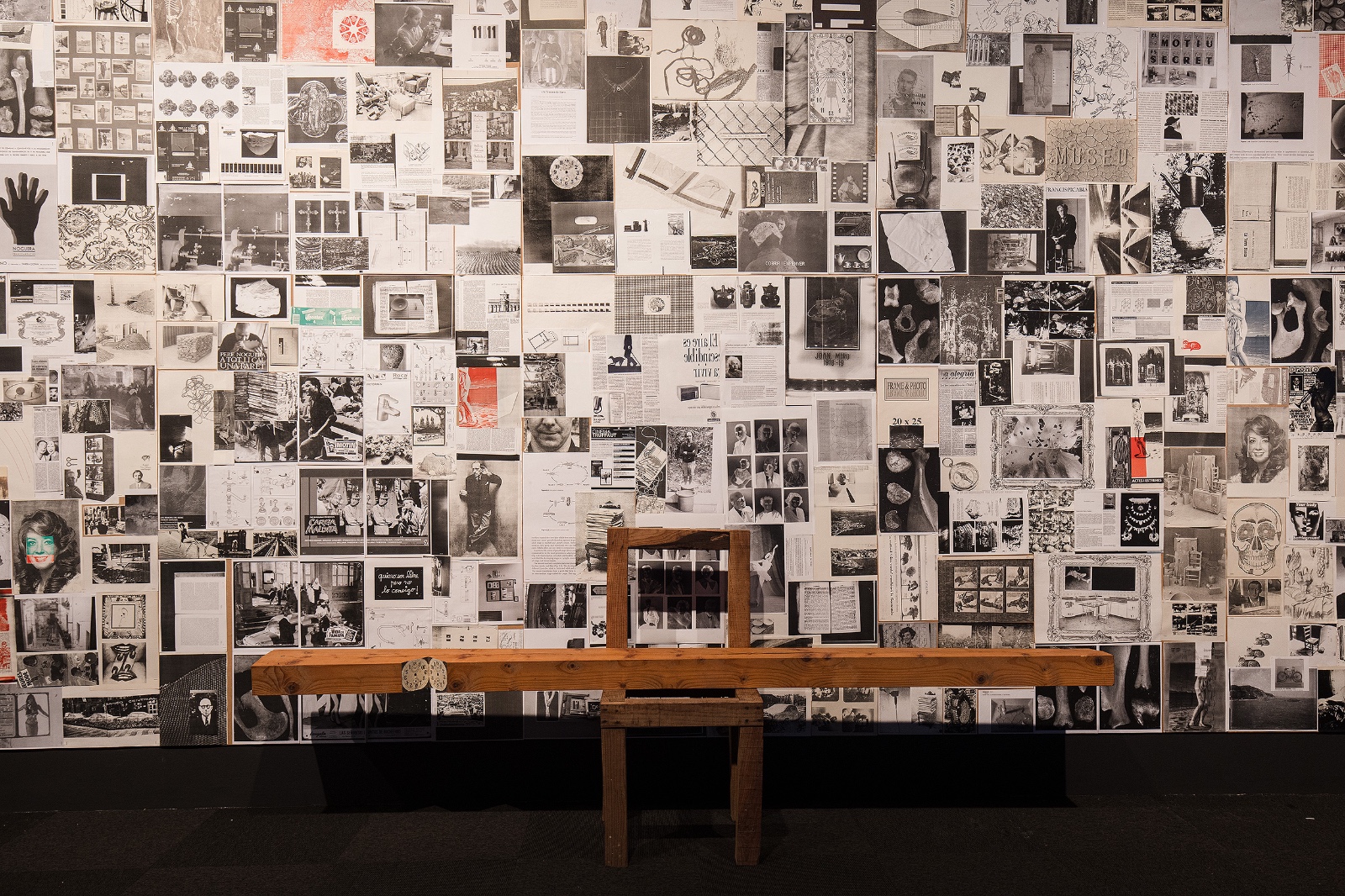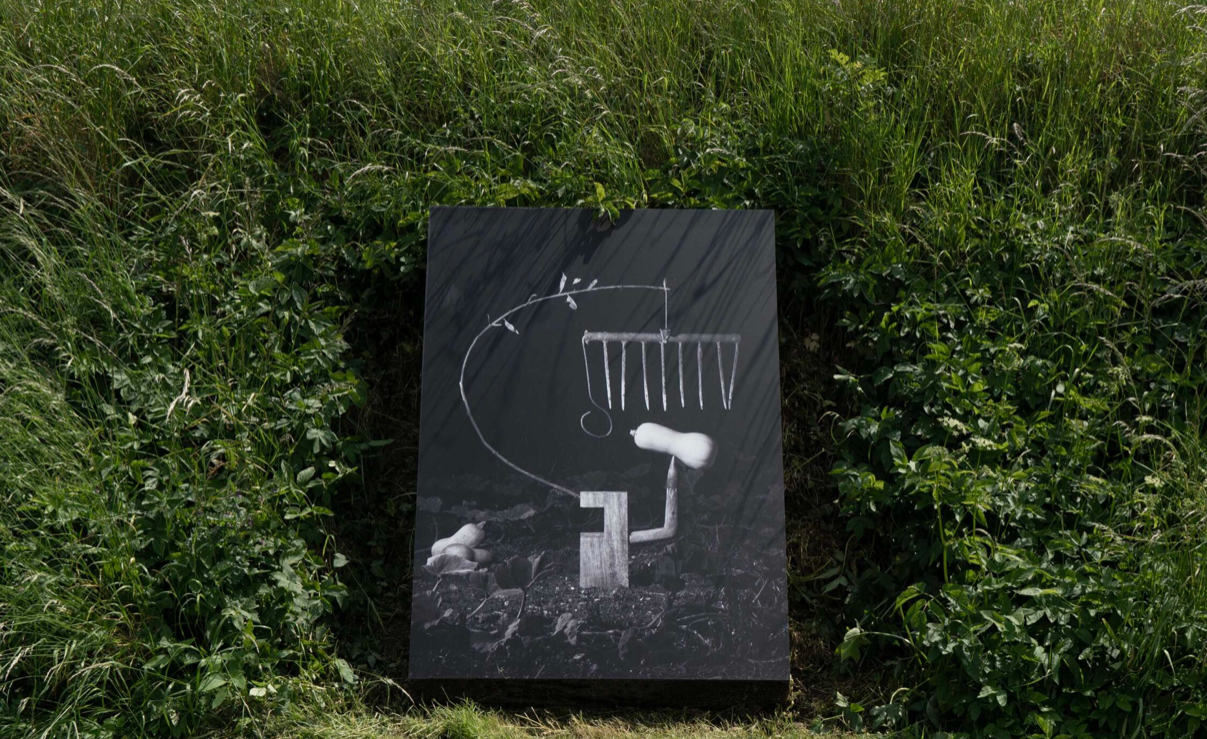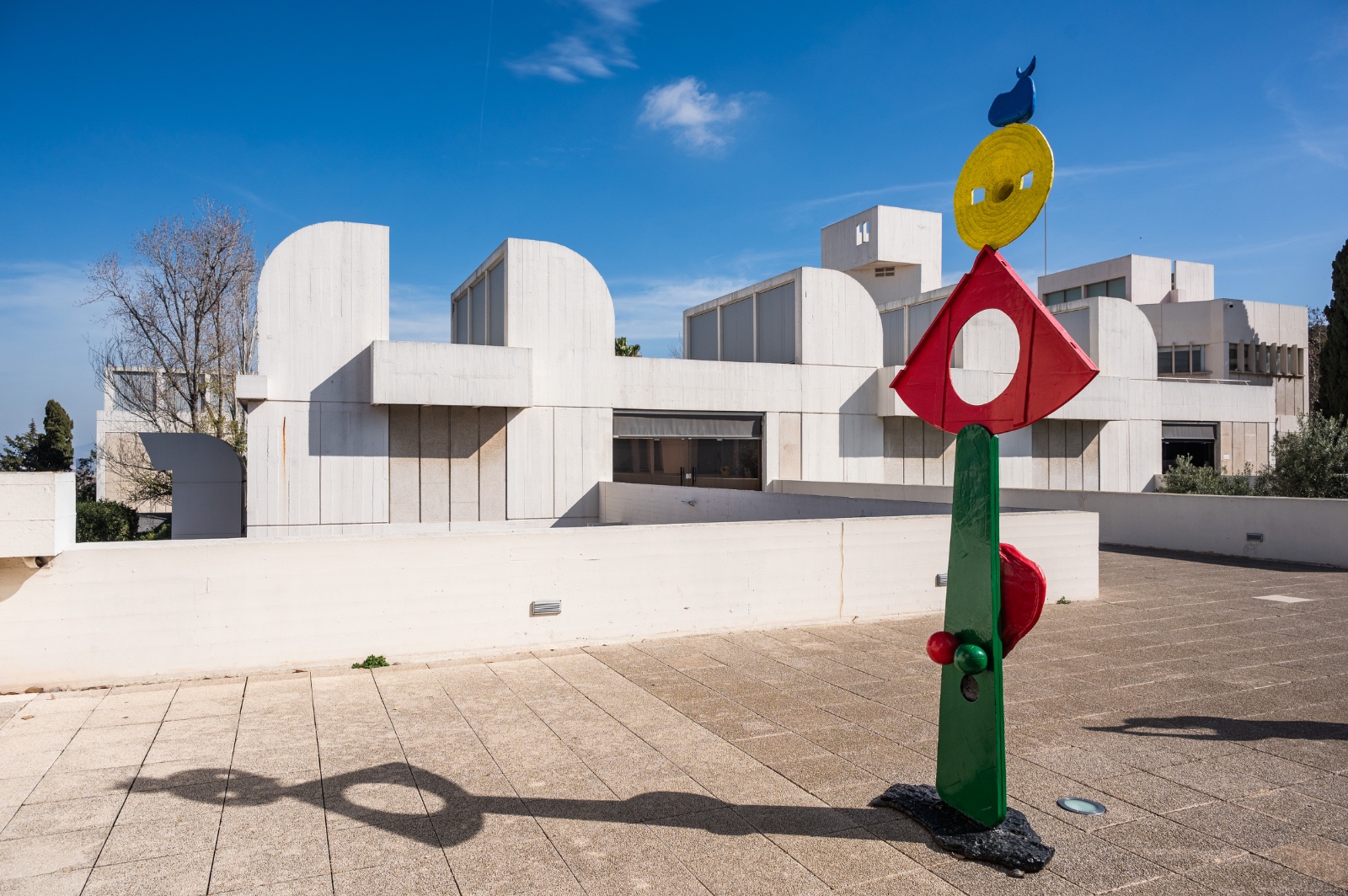Fashion
'And after all this, won't you give me a smile?'
"And after all this, won't you give me a smile?" Excerpt from the lyrics of 'London Calling' by The Clash, which became a protest anthem during the 1980s in the United Kingdom.
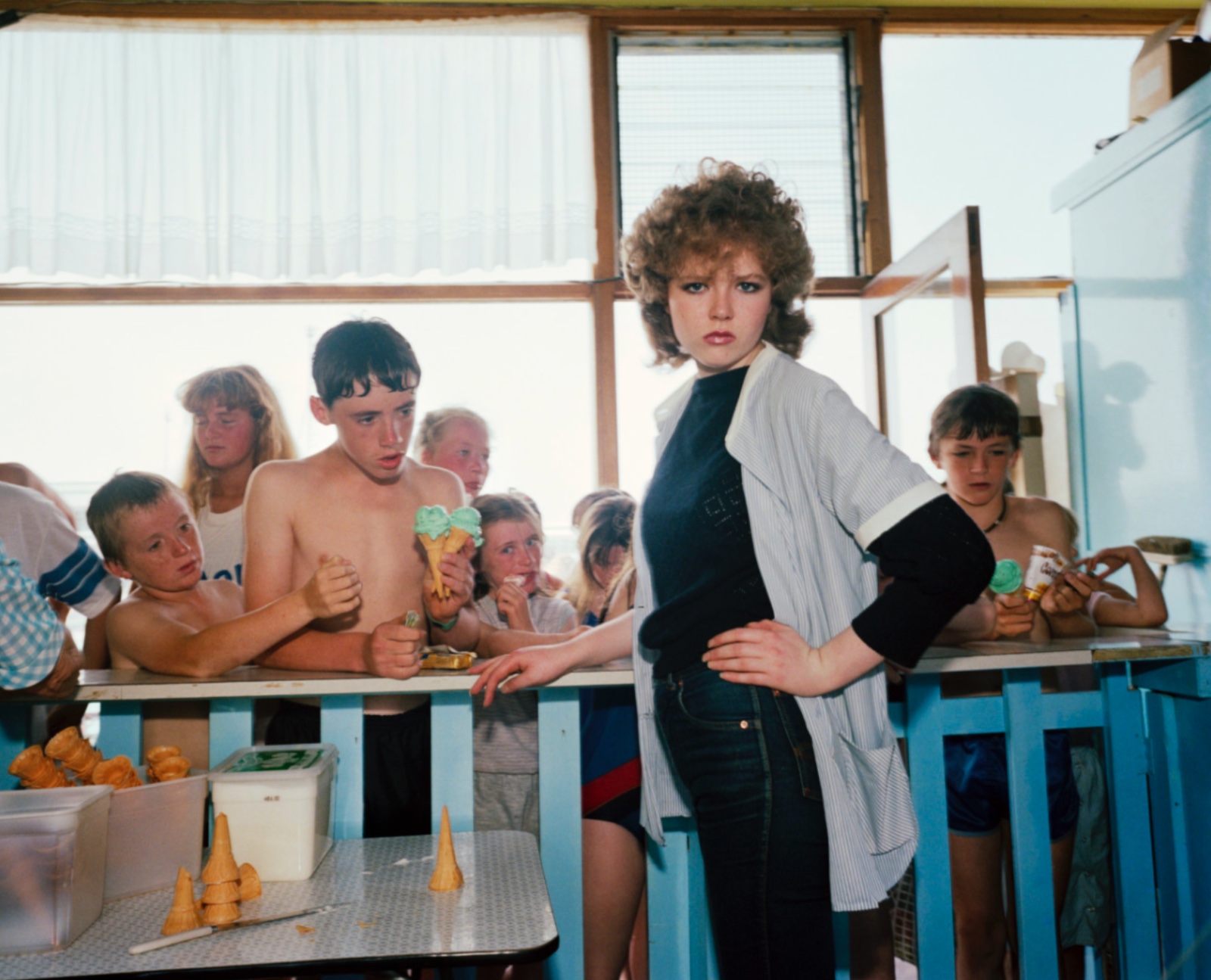
A green ice cream, one of those mint chocolate ice creams that foreigners like, boys without shirts and a girl who can't be more than 20 with a turtleneck sweater and a short-sleeved shirt and jeans. It is a photograph by Martin Parr, an English photographer. It was recently part of the exhibition The 80s: Photographing Britain at the Tate Britain in London, an exhibition that attempted to create an accurate portrait of British society in the decade, and to rewrite it visually this time without ignoring determining factors such as consolidated racism, a major economic crisis and the consequences of Thatcherism during the ten years of the prime minister's term.
Photographer and documentary filmmaker, Martin Parr adopts a satirical and unfiltered stance on the most mundane reality. Neither romanticism nor idealism, Parr plays with kitsch and the reality of deep England. The photographic series to which the photo belongs, The last resort, is a play on words between “last resort” and resort as a word to refer to a summer resort or tourist complex. Some say it captures and personifies the “British essence” of the moment. Parr moves away from London-centrism, and chooses New Brighton, a coastal town on Liverpool Bay, in the mid-west of England, unpretentious and working-class.
 Martin Parr. The last resort, 1983-1985. © Martin Parr / Magnum Photos
Martin Parr. The last resort, 1983-1985. © Martin Parr / Magnum Photos
Taken between 1983 and 1985, in saturated color at a time when black and white still prevailed, the photographs seem to glorify the deterioration of British society, almost provocatively. In The Last Resort, popular identity moves away from the pompous and protocol idea of vests, blazers, hats, stockings and heels. Accustomed to decades of polished and starched ensembles, in Parr's photographs the characters wear their sleeves rolled up, their collars wrinkled and their buttons undone. Some don't even deign to wear a T-shirt and go around with their torsos uncovered. And swimsuits, of course. A lack of decorum that responds to the era of transformation that took place in Great Britain in the eighties, a tumultuous time that is still remembered with anger and resentment. A latent crisis, marked by the mining crisis, deindustrialization in the country that invented industrialization and the fall of traditional industry, due to economic centralization in the capital.
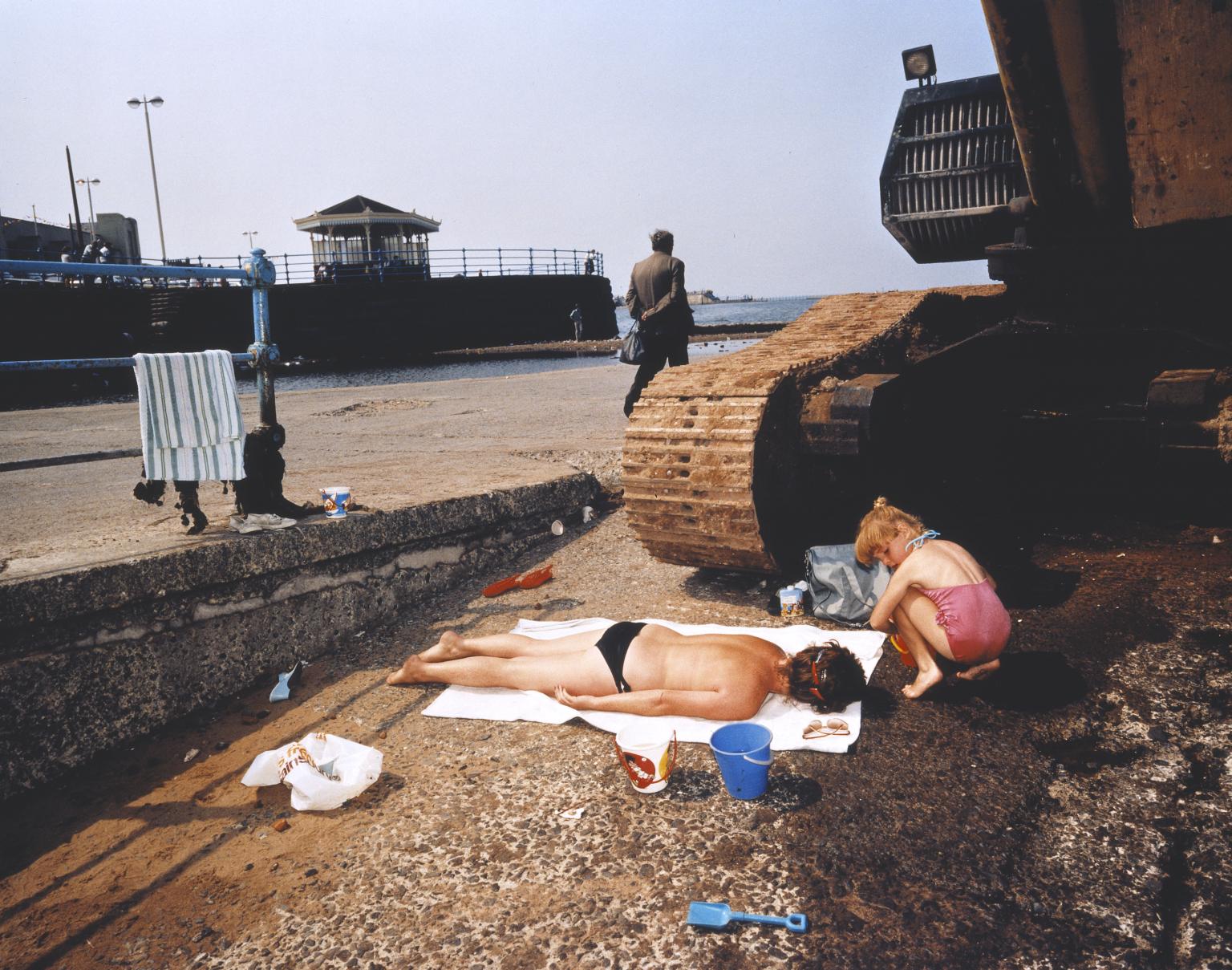 Martin Parr. The last resort, 1983-1985. © Martin Parr / Magnum Photos
Martin Parr. The last resort, 1983-1985. © Martin Parr / Magnum Photos
As in any crisis, clothing becomes measured and careless. Practicality triumphs and, as we see in the photos, the protagonists, largely due to the summer context, see no need for formality; the swimsuit as accepted clothing (clothing often prohibited in public spaces). It is the rise of sportswear, logos and brands. Comfort and simple clothing. In times of suffering, not thinking is prioritized, and clothing ceases to be a priority: “First I eat, then I worry about getting dressed.” Propaganda is established as another print. Merchandising as a status symbol. And why not? The service sector and the welfare society triumph. Polyester and mass production are consolidated. The eighties witnessed a paradigmatic shift between “before” and “now”, moving from formality to colloquialism. This is why Martin Parr's photographs are striking, because they contrast with an idea that we have widespread, but external, of British culture, a costumbrist society that wants to preserve the art of tailoring and venerates Savile Row, wellies and waterproof coats, in the same way that it continues to venerate and celebrate the monarchy, starting with the wedding of the Princes of Wales in 1981. Martin Parr documents the passage from the cliché of the Englishman as he should be to the Englishman who goes from dressing in the best fabrics to idolizing Zara, Primark and Topshop.
 Martin Parr. The last resort, 1983-1985. © Martin Parr / Magnum Photos
Martin Parr. The last resort, 1983-1985. © Martin Parr / Magnum Photos



